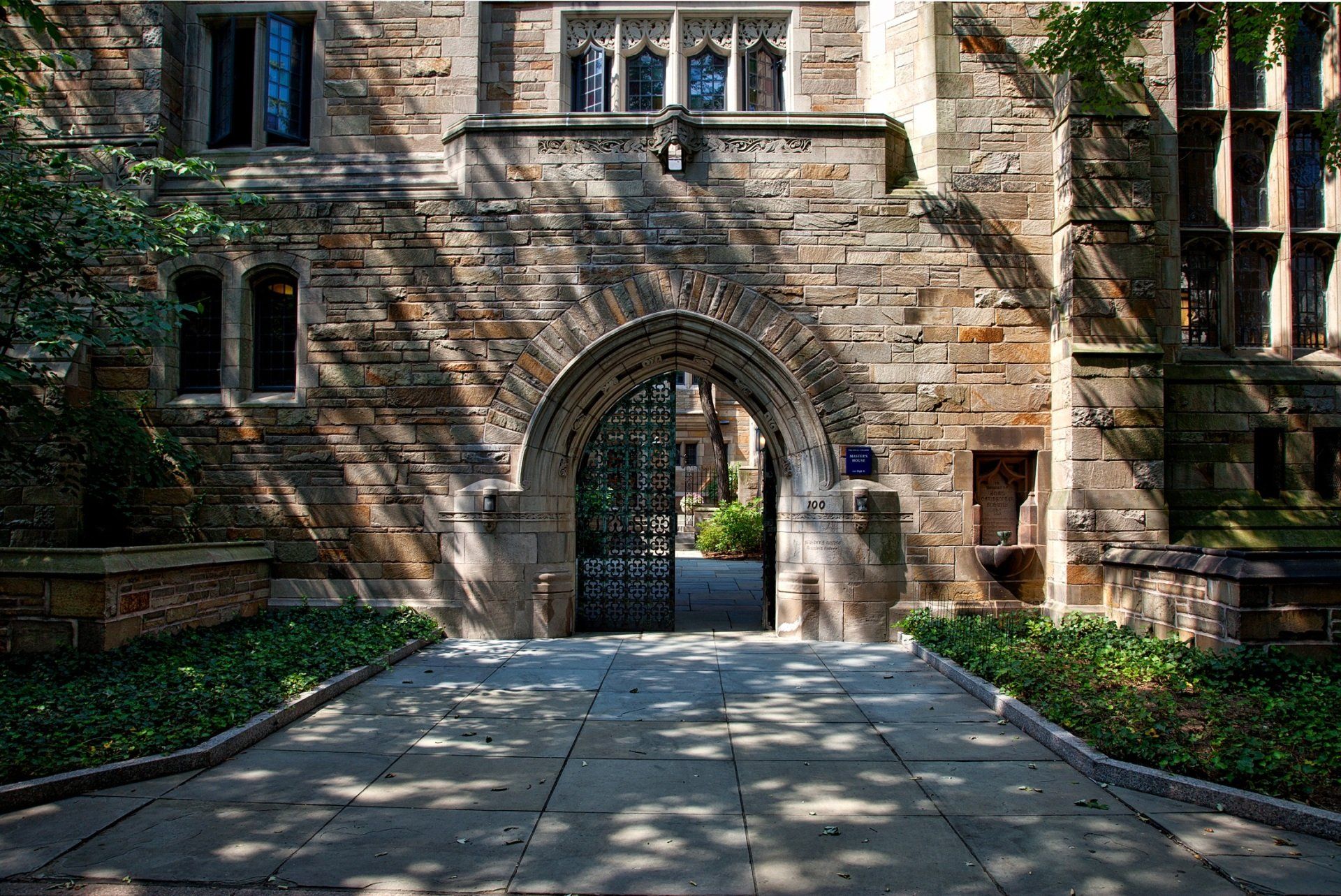













College Admissions Can't Be A Meritocracy
Many more students "deserve" spots than there are spots to give.

When I dove into the actual data and methodology of Holistic Admissions at both UNC-Chapel Hill and Harvard, this was my starkest takeaway: There is no such thing as a pure meritocracy in college admissions. I don’t mean that UNC and Harvard fail to be meritocracies; I mean that meritocracies aren’t possible in the college admissions context.
If your first reaction is, no, that can’t be, there are “objective measures” like test scores and GPA that determine merit–well, the numbers simply don’t add up.
First, test scores and GPA are statistics, and like all statistics, they require context to interpret meaning. Not all ACTs are equal, depending on the student’s access to resources, time, and coaching. GPA is even more fraught, with all kinds of schools using all manner of scales subject to school context and different teachers from year to year.
Second, test scores and GPA don’t really differentiate students at the fine margins. According to the trial court’s opinion in
SFFA v. Harvard, in 2019, Harvard received 35,000 applications for about 2,000 spots. Of those, 8,000 had perfect GPAs, 3,400 had perfect SAT Math scores, and 2,700 had perfect SAT Verbal scores.
So, talking about college admissions with the verb “deserve” is not only inadequate, it’s impossible. Tens of thousands of kids “deserve” to go to the Private and Public Ivies, but there are only so many spots.
Which means that schools must create values-driven criteria to make their selections. This is a deep, existential conversation that extends way beyond the admissions office. It goes to what the stakeholders see as the purpose of the institution itself.
As we see in the trial court opinion in
SFFA v. UNC-Chapel Hill, for a public institution like the University of North Carolina-Chapel Hill, which is largely funded by the taxpayers of North Carolina, lots of different stakeholders have a say in what the university stands for: the legislature the, governor, the Board of Trustees, the Board of Governors, the Provost, the Faculty—and the students themselves. Ultimately, the admissions criteria are the result of a complex democratic negotiation across all these parties, then executed by the university through its admissions office.
For example, North Carolina state law requires the freshmen class to be at least 82% in-state residents. Fair enough–their guardians pay the taxes that fund the university. But also, that is a
choice
made by stakeholders about the purpose of the university: UNC-Chapel Hill has an international footprint, yes, but it should mostly serve North Carolina residents. By contrast, Harvard has no stated policy about Massachusetts residents, and their Massachusetts-resident composition is usually around 15%.
At Storyboards, we’ve worked with in-state North Carolina students and out-of-state students applying to UNC, so we’ve seen this play out in practice with our own kids. We advised our out-of-state students, look, you’ve got about an 8% chance of getting in, which is close to Ivy League numbers, so your application is going to need to be
very
compelling. Our in-state applicants had a 43% chance, and based on test score and GPA data, we could say with high confidence whether they would get in or not.
Was it
fair
that some of our absolute best applicants were wait-listed at UNC-Chapel Hill? Didn’t they
deserve
to get in? Sure, they
deserved it, but, again, there are far more qualified and deserving applicants than there are seats, so the university sets a values-driven criteria that excludes some and includes others. We are transparent about that with students to set expectations, and we always make sure they understand: If you don’t get in, that’s not a judgment about your character, and you certainly didn’t fail. Honestly, getting wait-listed out-of-state is quite an accomplishment, be proud of yourself, and let’s find another school that’s the right fit.
The crux of these cases is that both UNC-Chapel Hill and Harvard–because their stakeholders see educational benefits to having a racially diverse class, as permitted by Supreme Court precedent–chose to include racial identity as one of
many
factors to consider in their admissions process.
If you understand that a pure meritocracy isn’t possible, this shouldn’t be troubling. Especially in a country where many high schools are homogenous in terms of race, religion, and cultural factors, college is where you learn to exist in a pluralistic democracy–and increasingly, cultural literacy is a practical workplace skill.
So, the criteria is ultimately going to have to include several qualitative factors requiring judgment calls made by highly trained groups of professionals. The numbers and the complexity of the criteria make it clear that
nobody
is being included or excluded solely on the basis of their race.
The Supreme Court isn’t going to see it that way, I think, but that’s not going to change the core thesis of Storyboards College Admissions Portfolios: Each student’s application should tell the story of why they’re the perfect fit for their target school. We can help you tell that story, according to the criteria laid out, in a compelling way to college admissions. But at the end of the day, college admissions is an uncertain world of probabilities. It can’t be any other way.














